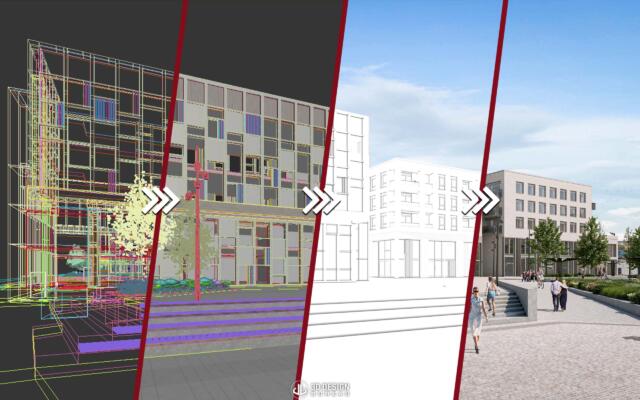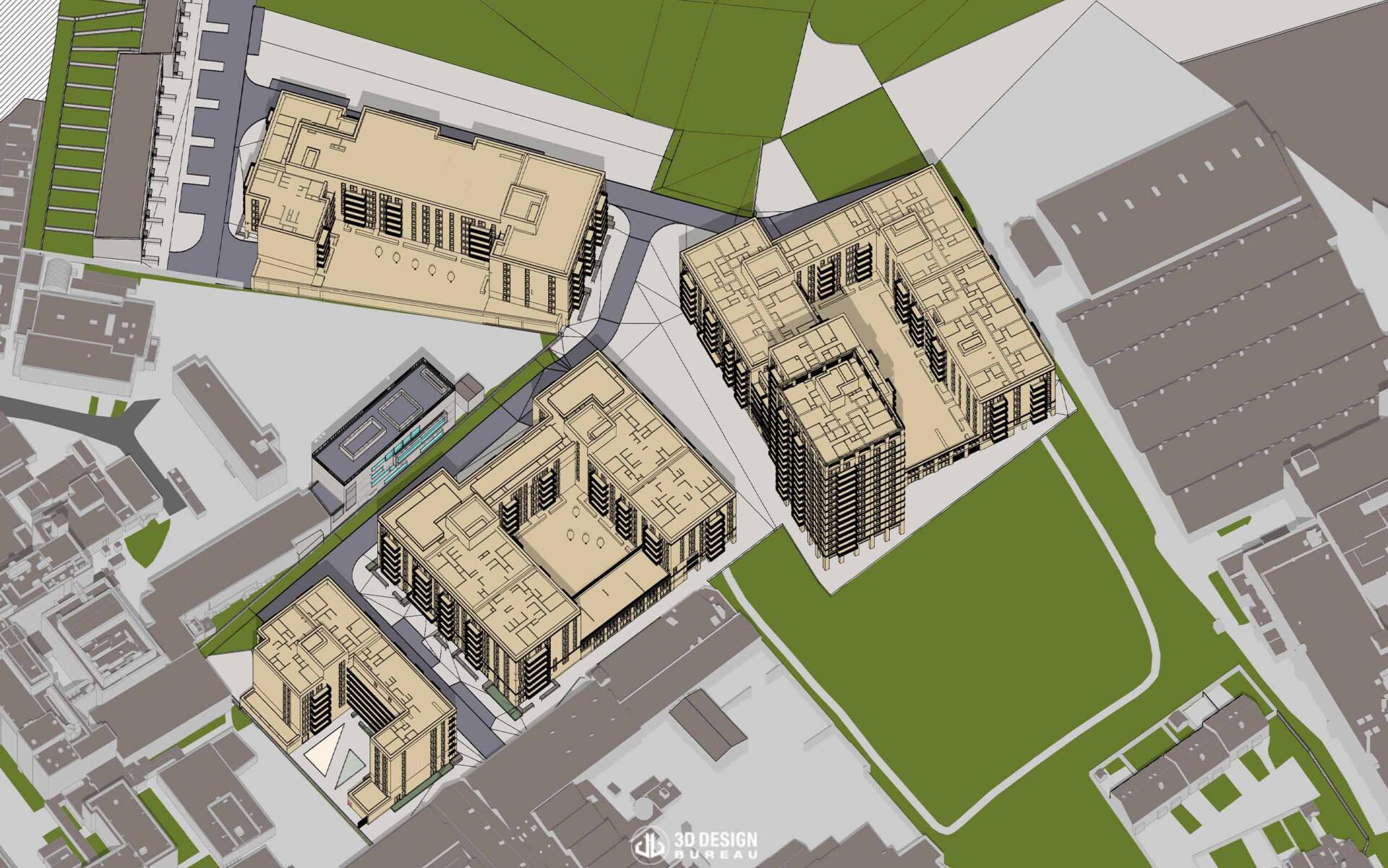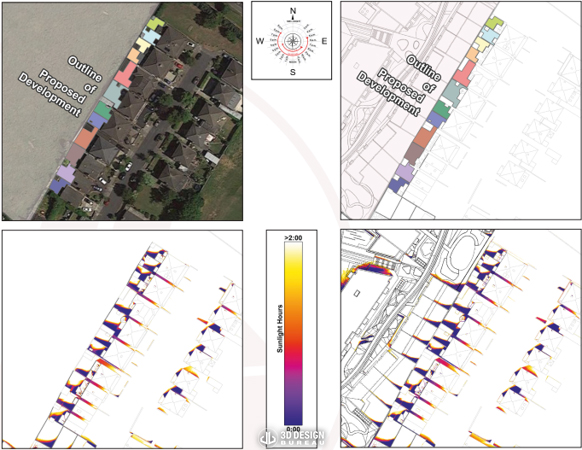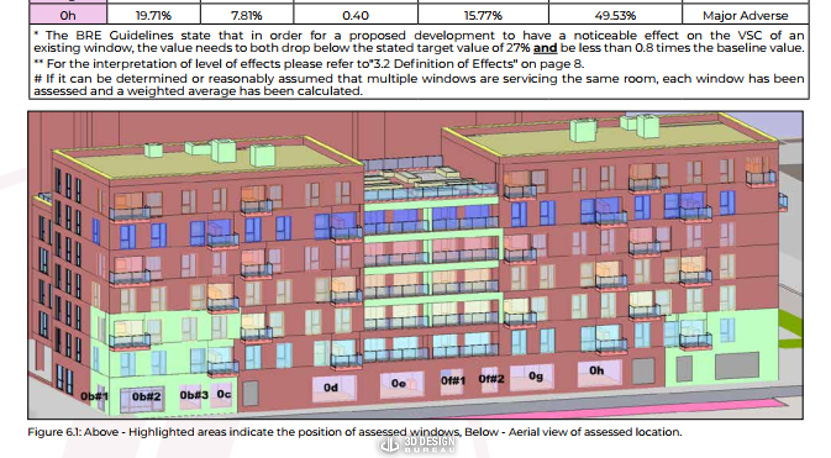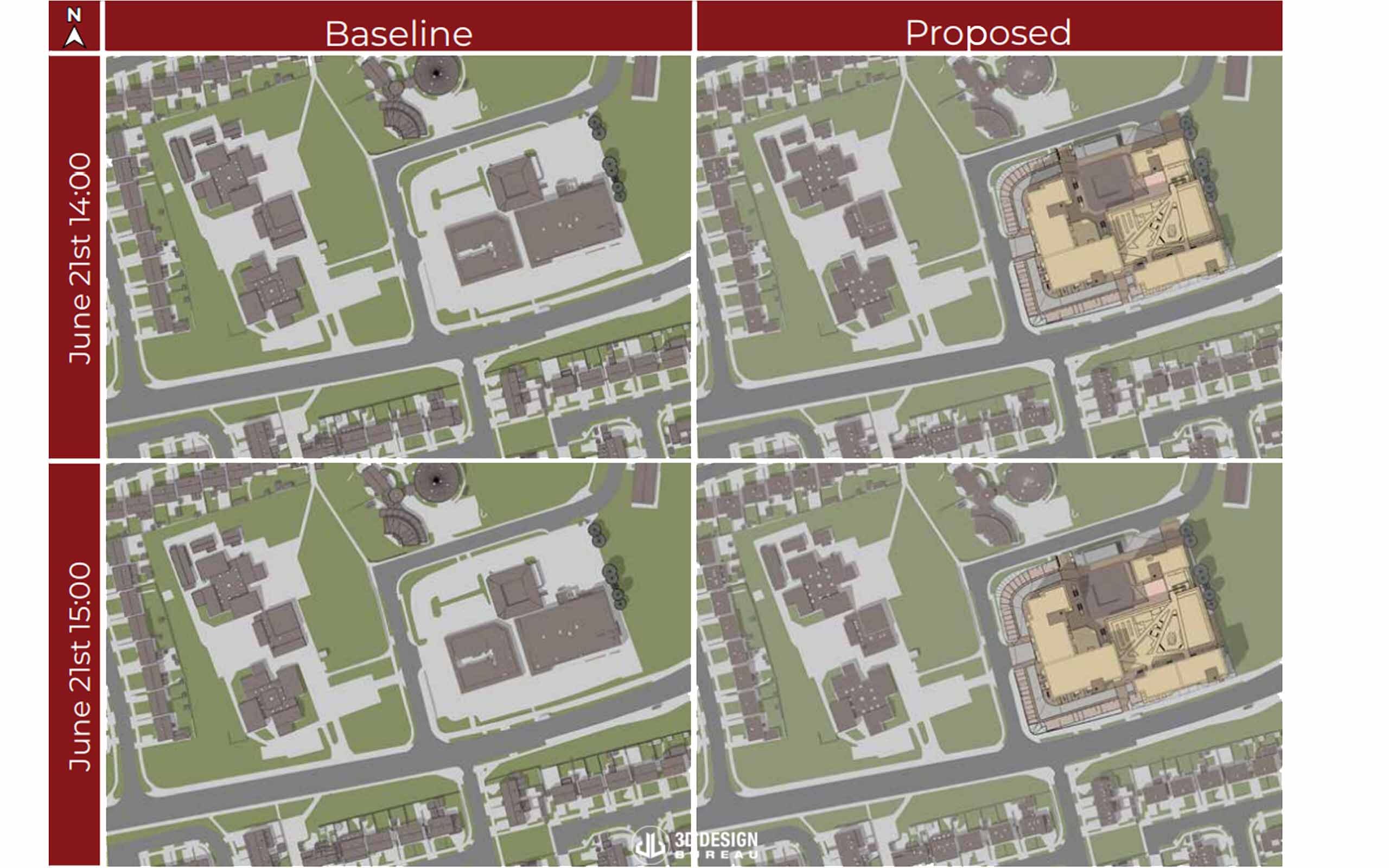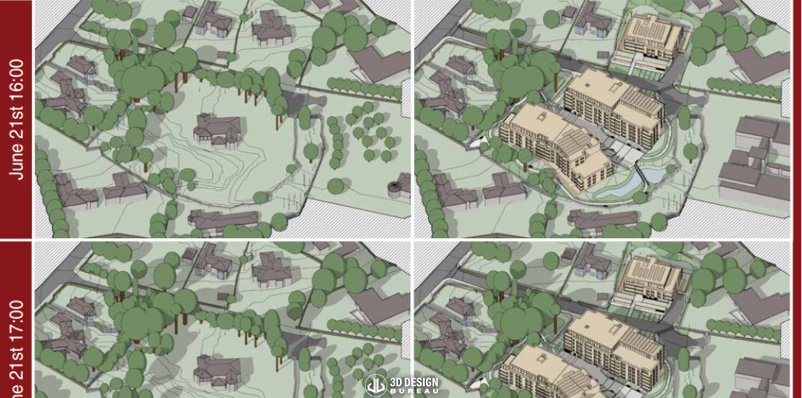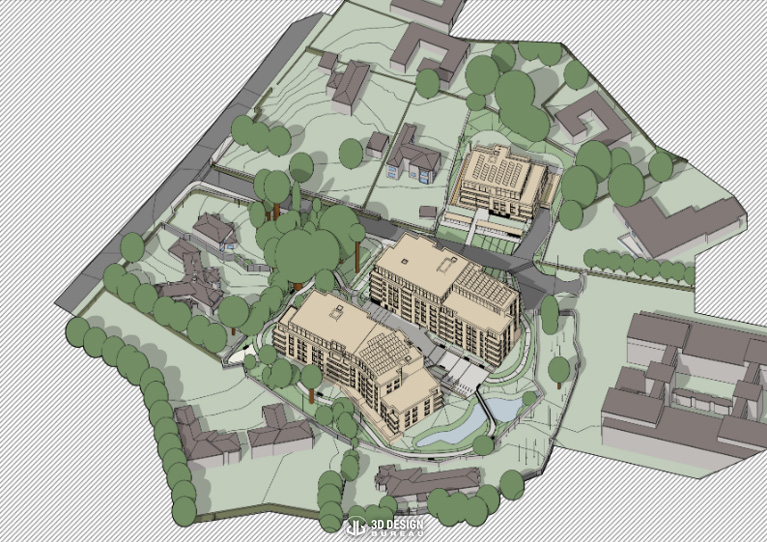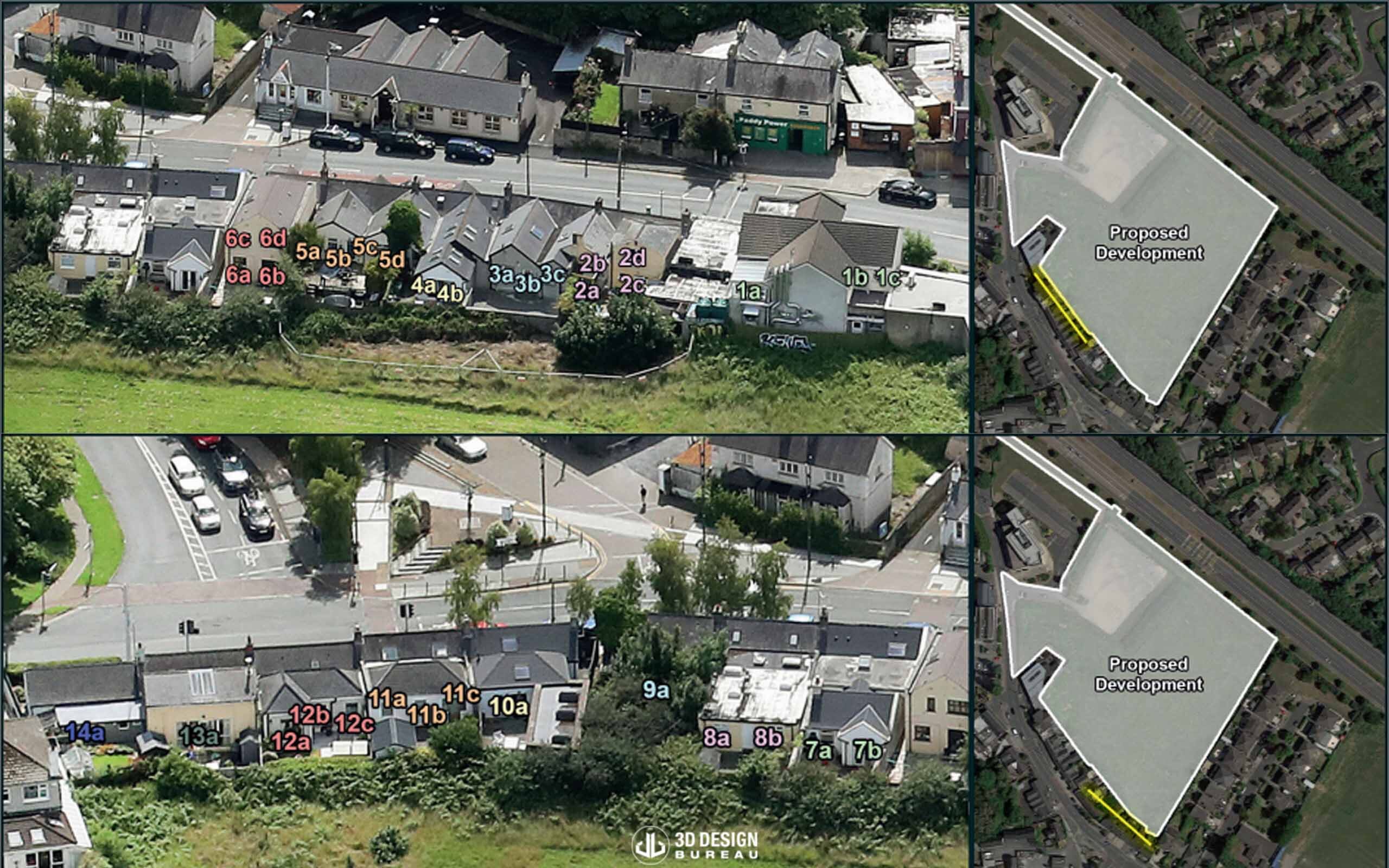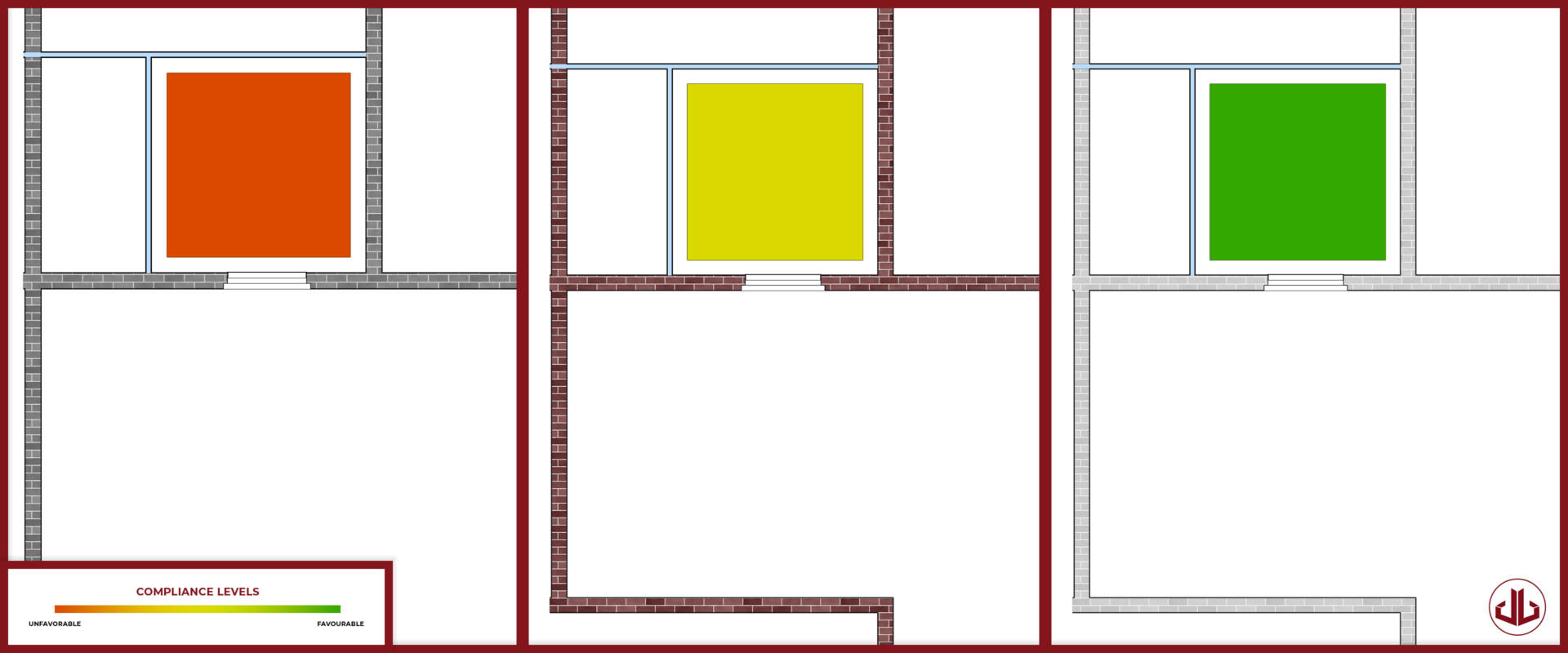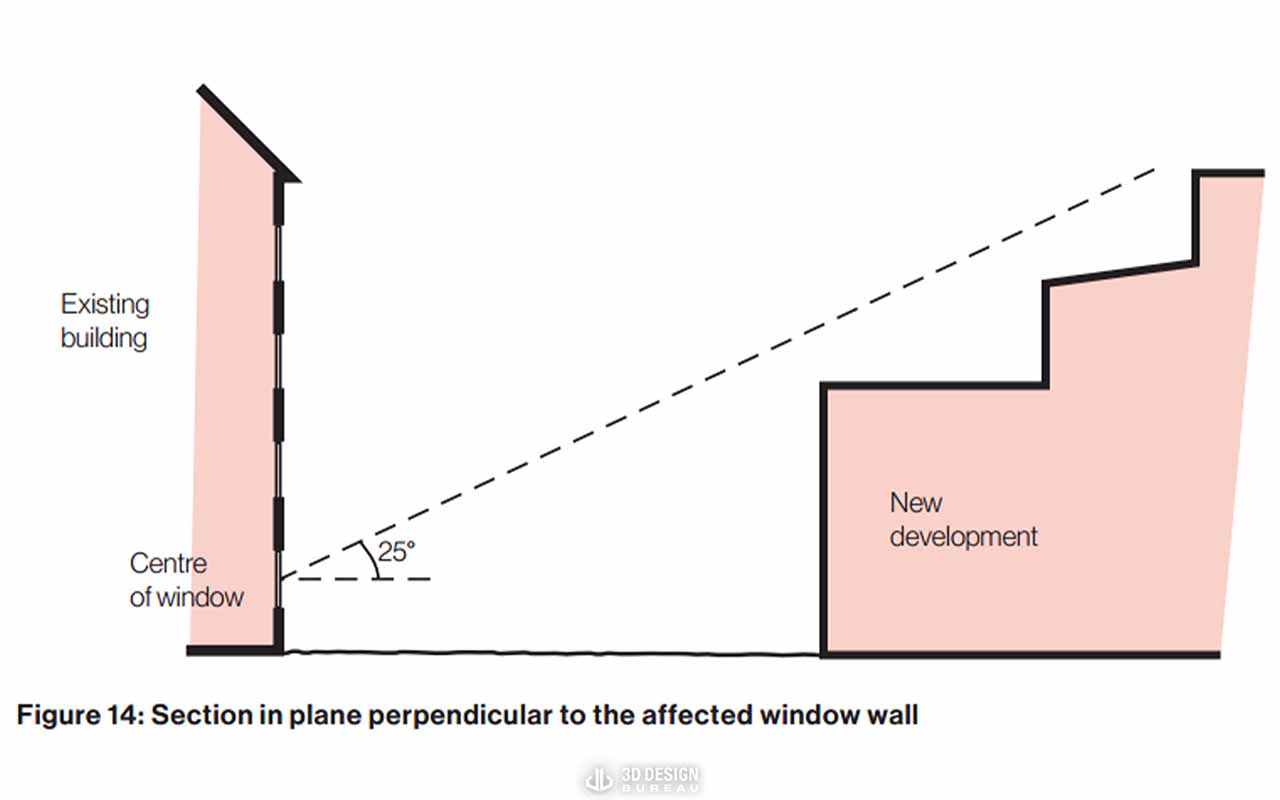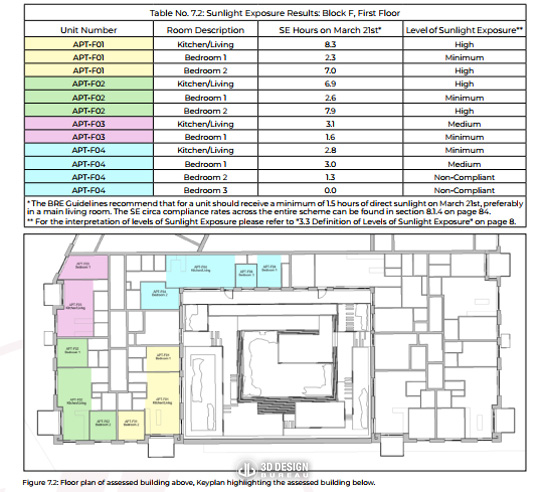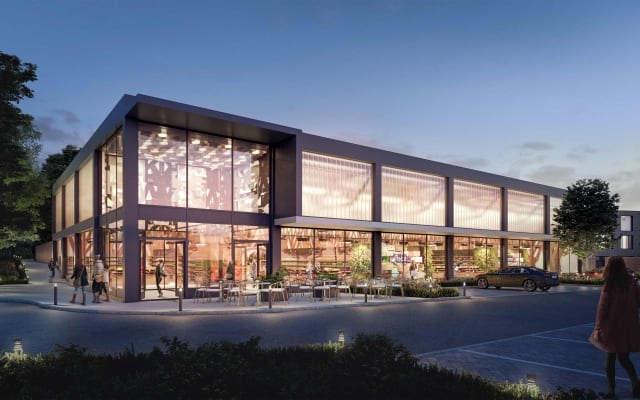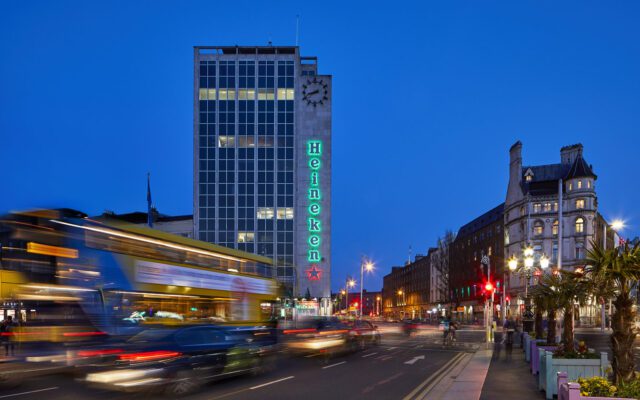A daylight and sunlight assessment is a technical analysis that is prerequisite in many planning applications. Assessments evaluate the potential impact a proposed development might have on surrounding existing properties and the environment. Additionally, it assesses the performance of the development itself, by examining internal daylight and sunlight provision within habitable rooms, as well as the sunlight availability in proposed outdoor spaces.
Understanding the technical jargon and complex details of daylight and sunlight assessments can be challenging. To simplify this subject, we have curated a series of articles, designed to guide you through the complexities of the topic, ensuring that you are equipped with the knowledge required for an accurate and robust planning application for your development.
An overview to daylight and sunlight assessments
This article provides a detailed explanation of what constitutes a daylight and sunlight assessment, outlines its two categories, and shows what factors can improve the results generated on a project.
What are the latest daylight & sunlight guidelines and standards
We aim to clarify, most simply and straightforwardly, the BRE guidelines for daylight and sunlight assessments. We discuss the standards that should be followed and highlight the best practices for conducting these assessments effectively and accurately.
What’s new in the BRE guidelines 3rd edition 2022
The BRE Guidelines’ latest edition was published in June 2022. This article unpacks the key changes to how assessments are conducted and outlines the new metrics introduced in this edition.
All you need to know about daylight and sunlight impact assessments
Impact assessments evaluate the effect of a proposed development on surrounding properties and the environment. In this article, we outline and explain each metric that should be considered for impact assessments, as specified in the latest edition of the BRE guidelines.
All you need to know about daylight and sunlight scheme performance assessments
Here is a concise list of the key evaluation metrics for scheme performance, as stipulated in the BRE guidelines for daylight and sunlight assessments of proposed developments.
Importance of trees for daylight and sunlight assessments
Following the latest guidelines, we explain when and why evergreen and deciduous trees should be included within an analytical 3D model, providing a practical and insightful approach to understanding their impact on daylight and sunlight assessment reports.
How to conduct a successful daylight & sunlight assessment
From building a detailed analytical 3D model to running the assessment and writing the final report, in this article, we give an overview of the best practices for performing an accurate and efficient daylight and sunlight assessment.
Importance of the analytical 3D model to protect your planning application from judicial review
A poorly executed study can raise questions about the validity of the assessment and leave the application exposed to negative outcomes. Here are five considerations for your analytical model to ensure a successful daylight and sunlight assessment.
Breaking down the jargon: Daylight and sunlight assessments terminology
Complex studies involve a significant amount of technical vocabulary. This can be challenging to follow and sometimes lead to confusion within a design team or at the planning authority level. Here is a summary of the main expressions used in a daylight and sunlight assessment.
Expert answers to the top 10 FAQs on daylight and sunlight assessments
Delving into the most asked questions about daylight and sunlight assessments, our experts provide insights on the latest guidelines, key aspects that should be assessed, strategic design tactics for enhancing a project’s performance, and more!
Home Performance Index: How Daylight & Sunlight can help you get certified
HPI certification is increasingly seen as a guarantee of quality. Developers use it to shape sustainability strategies and market homes more effectively. This article outlines the certification steps and highlights the role and impact of daylight and sunlight assessments in the process.
Any queries or a project enquiry?
Author:
Nicholas Polley
Managing Director
at 3D Design Bureau
info@3ddesignbureau.com
